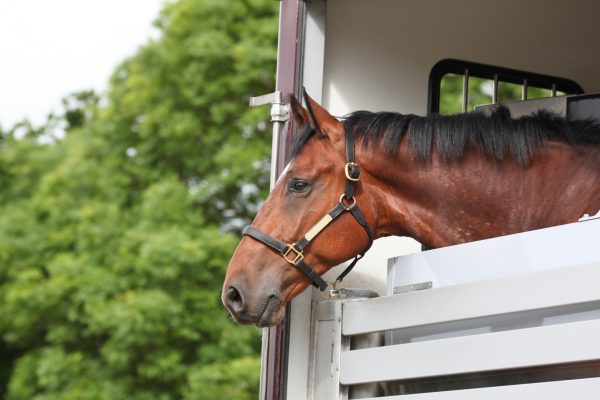
Horse Colic: recognizing symptoms and taking swift action
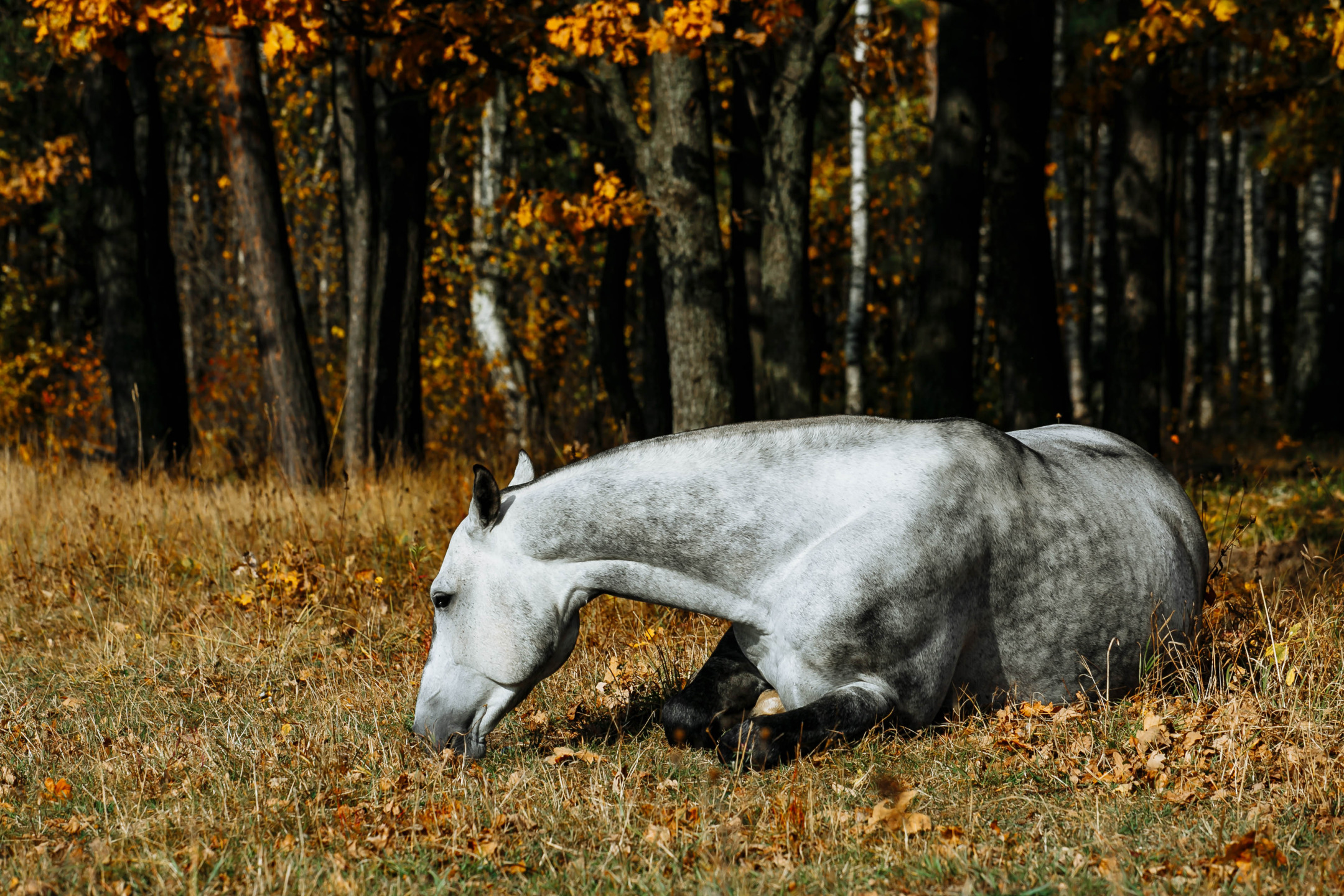
Understanding the importance of early intervention and collaboration with the Vet
Horse colic, a complex and potentially life-threatening condition affecting the gastrointestinal system of equines, demands immediate attention and swift action. As a responsible horse caretaker, understanding the symptoms, learning how to spot them early, and taking appropriate emergency actions before and after the veterinarian’s arrival can make a critical difference in your horse’s chances of a successful recovery.
Recognizing signs of colic in horses
Horse colic can present itself in various forms, and it is essential to recognize these signs to seek timely medical intervention. Here are the key symptoms to watch for:
- Repeatedly pawing or kicking at the abdomen: This behavior indicates the horse’s discomfort and may be accompanied by vocalization or other signs of distress.
- Restlessness and agitation: The horse may exhibit signs of anxiety, such as circling, repeatedly lying down and getting up, or attempting to roll frequently.
- Excessive rolling or attempting to roll: Persistent rolling can be a sign of severe colic and poses a significant risk of causing gut twists or displacements.
- Loss of appetite or a sudden disinterest in food: Horses with colic often refuse to eat or show a reduced appetite.
- Reduced or no bowel movements: Colic may cause a decrease in manure production, indicating potential gut obstruction or impaction.
- Sweating, increased heart rate, and elevated breathing rate: The horse may exhibit physical symptoms of pain and discomfort.
Identifying equine colic in your horse
As a primary caregiver, you play a crucial role in identifying colic early on. Regularly observe your horse’s behavior, eating habits, and overall demeanor to spot any changes that may indicate discomfort. Pay close attention during feeding times and turnout, as colic episodes often become apparent during these activities.
Emergency actions while awaiting the Vet
Upon suspecting horse colic, it is essential to take immediate actions while waiting for professional assistance:
a. Withdraw food: Remove all sources of food, including hay and grain, to prevent exacerbating the colic and causing further complications.
b. Monitor vital signs: Regularly check the horse’s heart rate, respiratory rate, and gum color. Keep a record of any changes to provide crucial information to the veterinarian.
c. Gentle walking: Encourage the horse to walk gently, as mild colic symptoms may improve with movement. However, avoid excessive exertion.
The Vet’s role
Once the veterinarian arrives, they will conduct a thorough physical examination and employ various diagnostic tools, such as:
- Auscultation: Listening to the horse’s abdomen for abnormal gut sounds, which may indicate gas buildup, impaction, or other issues.
- Rectal examination: Palpating the horse’s rectum to identify any blockages, twists, or abnormalities within the gastrointestinal tract.
Recommend appropriate measures, which may include:
- Pain relief or medications: Administering pain relief and medications to alleviate symptoms and discomfort.
- Intravenous fluids: Providing intravenous fluids to rehydrate the horse and correct any electrolyte imbalances caused by colic-related dehydration.
- Nasogastric intubation: Inserting a tube through the horse’s nose to relieve gas buildup and decompress the stomach.
- Surgical intervention: In severe cases or when an impaction, torsion, or other surgical issue is detected, immediate surgery may be necessary.
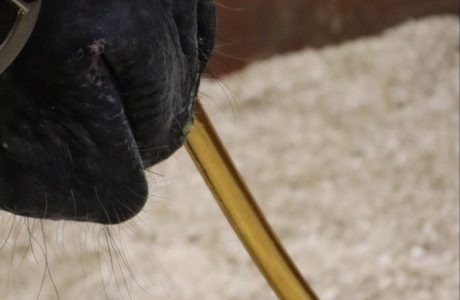
Horse colic is a critical emergency that demands quick recognition and action. As a responsible horse owner, familiarize yourself with the symptoms and take appropriate actions while waiting for the veterinarian. Early intervention and effective collaboration with your Vet can significantly improve your horse’s chances of a successful recovery and overall well-being during a colic episode.
Don’t miss the full episode on HSJ’s Spotify podcast “Kiss and Cry”, available here. Follow us and turn on the notifications.
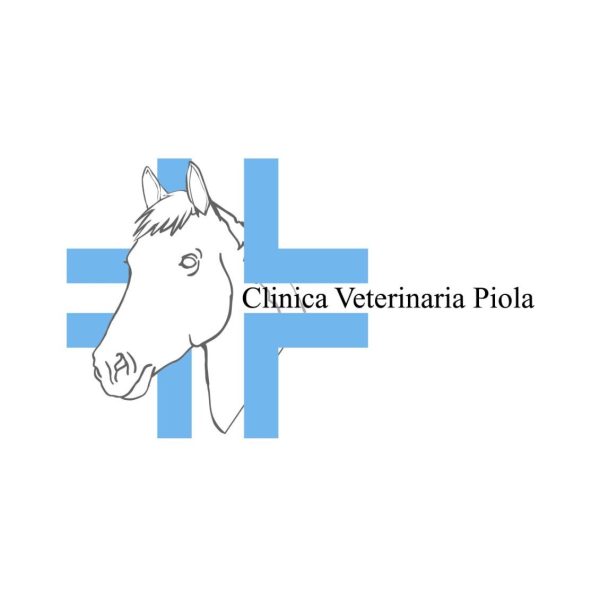
In collaboration with Clinica Veterinaria Piola and Doctor Barbara Garbagnati
© Rights Reserved.




.png)



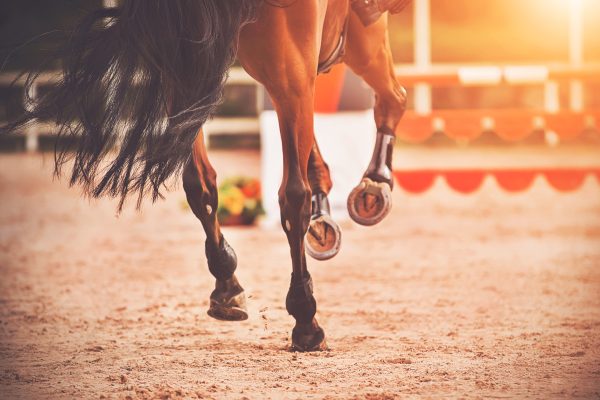
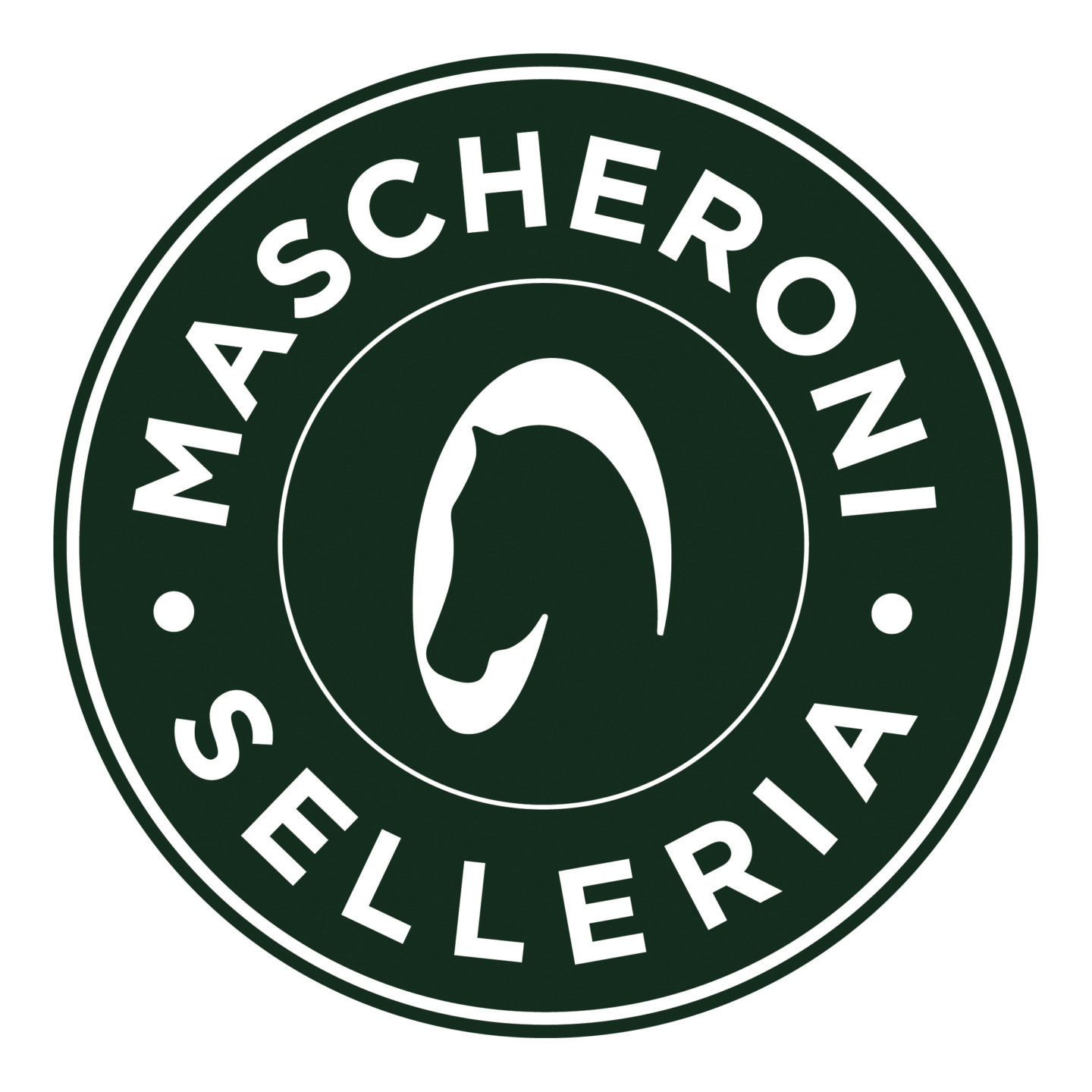
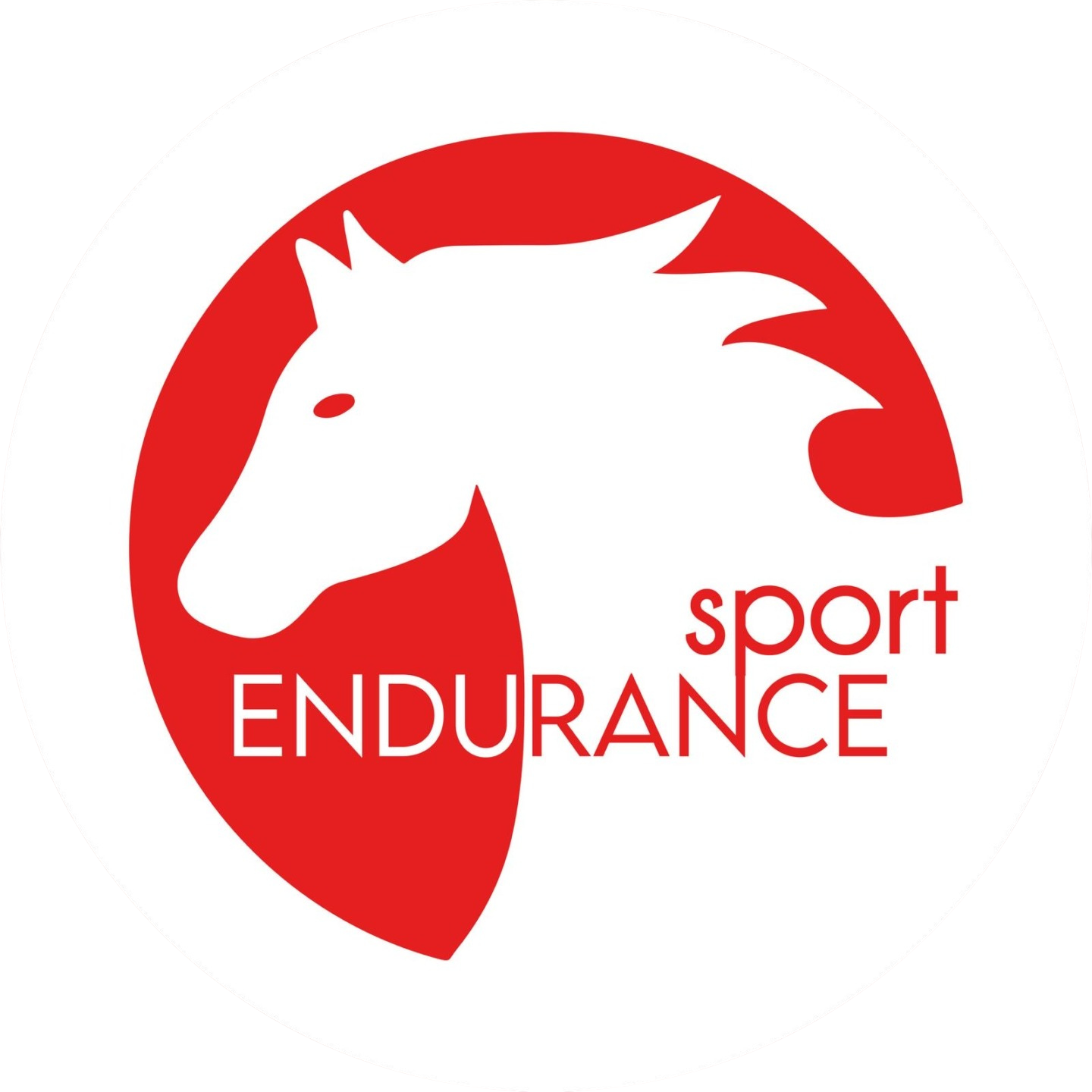
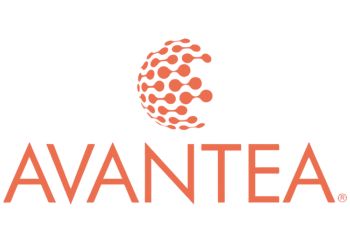
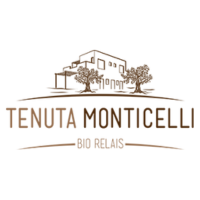

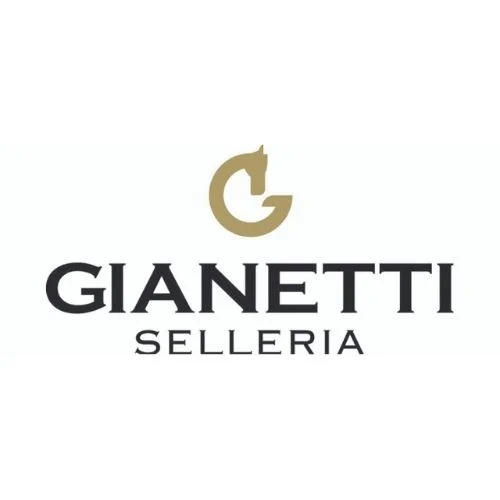
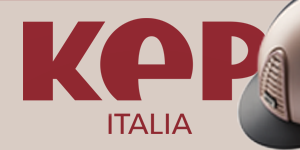
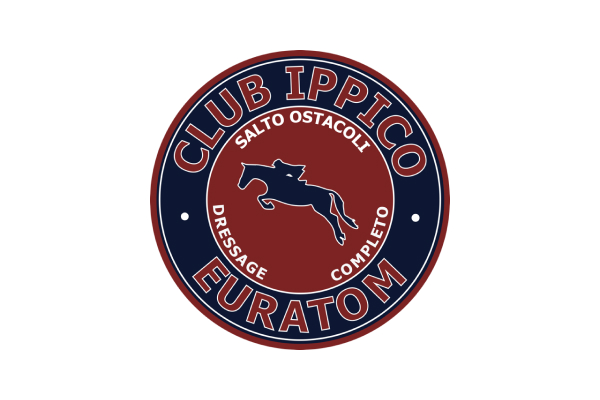
(1).png)